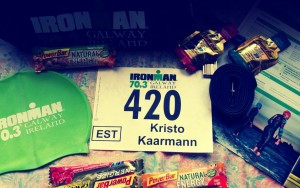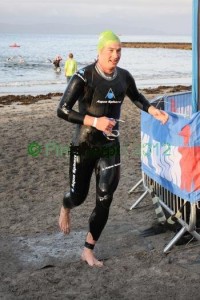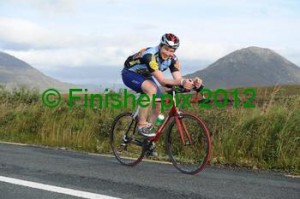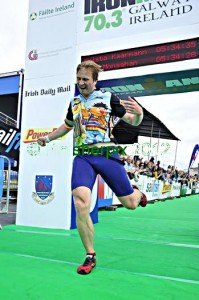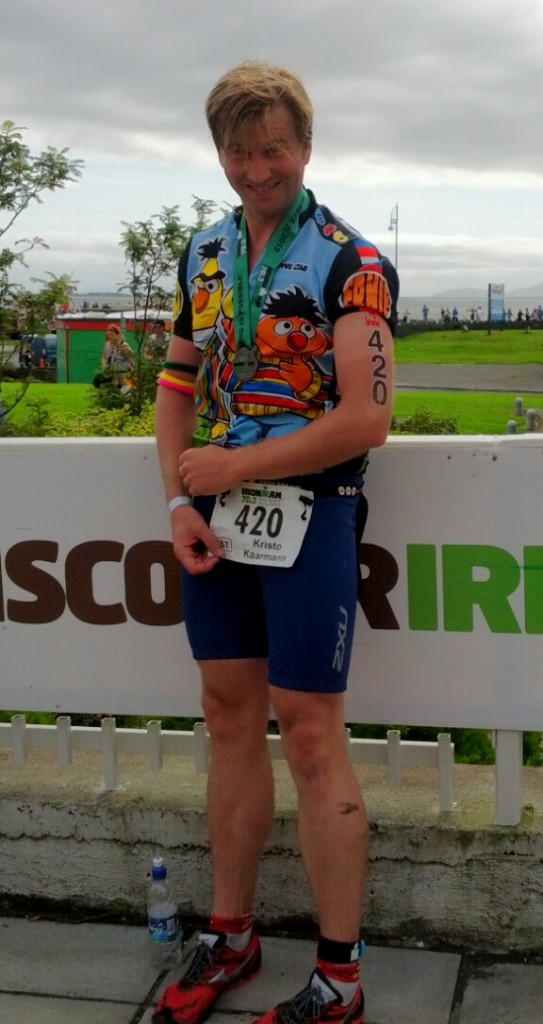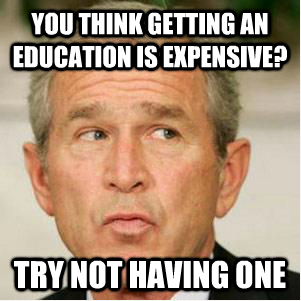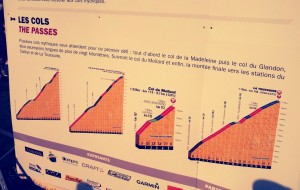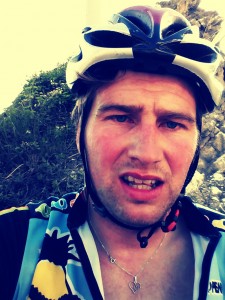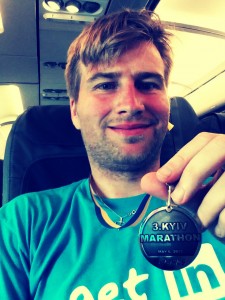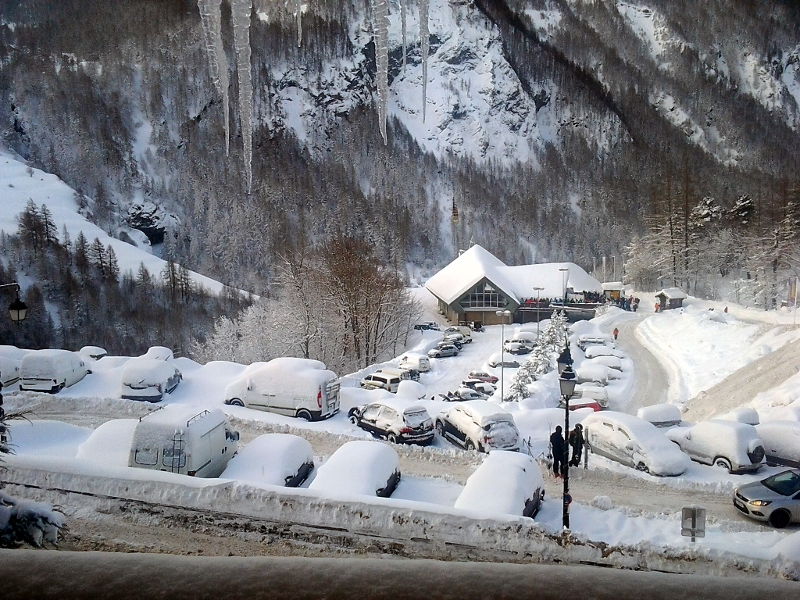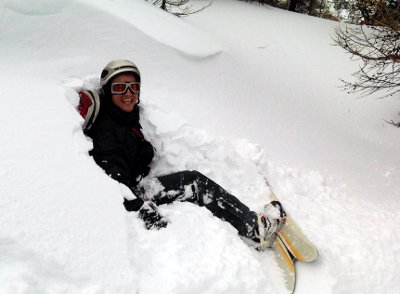My old friend Fred invited me for a walk. Soon after exchanging recent news about ourselves and partners, we got to the real theme for our afternoon stroll – Fred’s startup.
Well, there is no startup yet – but there is the idea, the vision, the conviction and all the same questions that I had 3.5 years ago, when I started building TransferWise. I very much enjoyed this session today. Not only did I feel good about helping my friend by sharing hard learned experience, thinking back to the beginnings of my journey helped to crystallise a few key ideas that will be worth some computer ink.
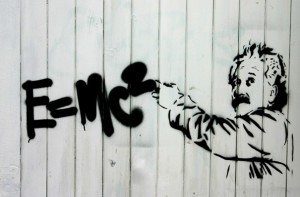 Fred is fixing the world’s teaching practices at a global non-profit. He sits on the board of an underprivileged school in London. Yet he feels that he can do more. He can build tools that make learning interesting again. “Imagine what school could have been like, if they had taught us something interesting?!” he brought back memories from high school.
Fred is fixing the world’s teaching practices at a global non-profit. He sits on the board of an underprivileged school in London. Yet he feels that he can do more. He can build tools that make learning interesting again. “Imagine what school could have been like, if they had taught us something interesting?!” he brought back memories from high school.
Vision vs. demo
Couple of days ago Fred sent me a few slides explaining the vision. We quickly concluded that it is all necessary, but it is way too early for any pitch. Today, all the focus and energy should go into building the first iteration of the product and getting it in front of teachers and pupils. The vision will be 100x more powerful once there is a working product, a demo and a couple of success stories backing it up. As the Eskimos say, time spent sharpening your knife pays back when you’re skinning the bear.
I’ve now noticed that people in larger organisations have the reflex of creating a bunch of slides to get “buy-in” to their idea, before they start acting on their vision. I used to create 5 of such decks in Deloitte every day. Writing the first line of code or the first page of the book is where you really commit. Portentuous like getting naked in front of a girl for the first time.
Team
“With a group of 15 amazing people we could get this off the ground. OK, I will need at least 2-3 partners for the pilot.” Sure, you need to start networking and recruiting ASAP. it is one of the 10 things you do in parallel and only to the extent that it does not distract you from building and testing the product. We found that Fred really only needs a part-time experienced industry expert to consult and brainstorm on product design in his first iteration. Foresight helps, but early stage teams are built one person at the time.
The work – life – startup balance
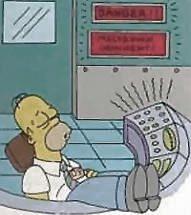 Some of us have old money. The rest of us, like me and Fred, have a job. When do you leave your job to pursue your vision? If you’re one of us, you don’t. Hey, you just said I need to build a product here? Sure. You just work more. And you hibernate the rest of your life. If you’re a founder type, you are likely to work 10-11 hours per day on average and it will take immense discipline to prune your day job down to the absolute minimum. I cannot do a lousy job, I cannot let my team down! Yet, you will need every other waking hour to work on your startup.
Some of us have old money. The rest of us, like me and Fred, have a job. When do you leave your job to pursue your vision? If you’re one of us, you don’t. Hey, you just said I need to build a product here? Sure. You just work more. And you hibernate the rest of your life. If you’re a founder type, you are likely to work 10-11 hours per day on average and it will take immense discipline to prune your day job down to the absolute minimum. I cannot do a lousy job, I cannot let my team down! Yet, you will need every other waking hour to work on your startup.
This was the hardest part for me. For two years I worked ridiculous hours. Couple of practical things that helped me at the time and I suggested my friend to try.
1. Hire help
You will quickly find that some tasks in building the product will take a lot of your time and can be outsourced. For me, this was writing code, for Fred it will be something different. A side effect of being a hard-working founder type and having no “life” any more is a bunch of leftover cash from the salary that you don’t have time to spend. Find someone who is willing to help you out on a project basis. Don’t outsource building the product, rather buy in some skills or help with particular tasks. Spending your own salary on this will give you a nice optimisation incentive. Peopleperhour, Elance, Behance all have talented and motivated people from all corners of the world.
2. Milestones, iterations and deliverables
Working with hired help makes things suddenly very real. You are thousand times more motivated to wake up 6am for a Skype call with your new team mate, who will preferably be in a different timezone. You will review work and provide feedback on your commute to work. You book the conference room to do customer support for your beta users. You skip drinks after work with your colleagues to finish a piece of copywriting that is the last thing needed for shipping the milestone.
3. Take a holiday, then take a sabattical
Relationships matter. Maybe you’re not fond of your boss, but you care about your team. Don’t lie and call in sick, when you are not. Plan a holiday in advance. Send your wife or girlfriend to the beach, lock yourself in, build and ship.
If you have a good relationship with your bosses at work, tell them as soon as you are convinced that you want to do this full time and can support yourself for a year. Tell them 6 months ahead, if you’re not directly competitive, they will want to keep you around even part time, while they look for your replacement.
When is it time to Launch?
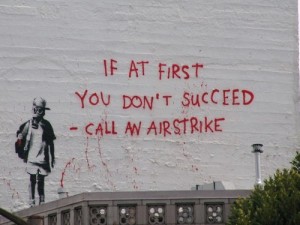 Launch is the moment, when your product starts its public life. Launch before your product has meaningful appeal to a wider audience and you wasted a chance. Launch late and you may lose the first mover advantage. Launch when you have depleted your access to new customers. You have gotten all of your friends, family and relevant extended network try your product and give feedback. You have been running live in silencium for a while and captured some random traffic that reaches your web or app. TransferWise was live and fully operational for 8 months before we launched. Way too long in retrospect.
Launch is the moment, when your product starts its public life. Launch before your product has meaningful appeal to a wider audience and you wasted a chance. Launch late and you may lose the first mover advantage. Launch when you have depleted your access to new customers. You have gotten all of your friends, family and relevant extended network try your product and give feedback. You have been running live in silencium for a while and captured some random traffic that reaches your web or app. TransferWise was live and fully operational for 8 months before we launched. Way too long in retrospect.
It was fantastic to re-live these questions, consideration, fears and excitement today. So similar to my own from 3.5 years ago. Yet today they are Fred’s fears and fortunes and I feel priviliged standing next to another great start.


